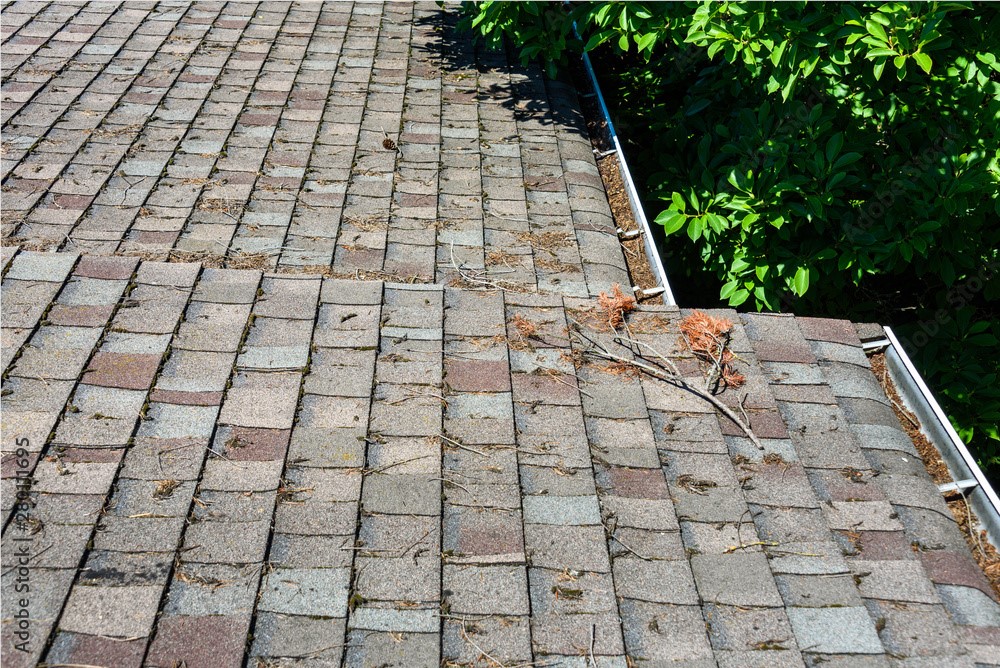
During a typical Michigan year, your chimney will be exposed to blustery winds, freezing temperatures, driving rain, heat, thunderstorms, hail, and more. Don’t get us wrong, we love Michigan because we get all 4 seasons but that’s a lot of weather to handle!
The elements can cause the sturdiest of materials to start to break down over the course of time. And your chimney crown is no different. But what is a chimney crown and how can you protect it? Don’t worry, the team at Kearns Brothers is here to answer all your questions to help keep your home dry and safe.
Your Chimney Crown is Extremely Important
Your chimney crown rests on top of your chimney stack. It is typically made of either cement or metal. The crown of a chimney has one mission, to prevent water from entering the interior of the chimney structure and stop water from wearing down the bricks and mortar joints.
Water getting inside your fireplace system can cause deterioration of your flue liner. Continued exposure will cause damage to the structural integrity of the chimney and lead to expensive repairs.
Brick and mortar damage is another consequence of having a crown in need of repair. This will require tuckpointing of the mortar and potentially replacement of brick due to a condition called spalling. Spalling is where a brick starts to crumble due to moisture seeping into the bricks and the freeze-thaw cycle breaking them down.
What Materials are Used to Make Chimney Crowns?
Typically, chimney crowns are made from metal or concrete. The concrete crowns are coated with a sealant to prevent any moisture from permeating into the chimney structure.
What Differences are There Between Chimney Crowns and Caps
Crowns rest on top of the bricks of a chimney. The crown seals off the interior and exterior chimney structure from water penetration.
Chimney caps rest on top of the flue. The cap does prevent moisture from coming in the top of the flue and can prevent animals from building nests and accessing the flue directly.
Should My Home Have a Chimney Crown?
Your chimney should 100% have a crown. They protect your chimney from leaks, water damage, mold, and even structural issues.
What Reasons do Chimney Crowns Need Repairs?
The weather is why chimney crowns start to break down. All that it takes is a small crack to form and the freeze-thaw cycle will start to break down the crown. As the ice expands the crown will crack even more and repair will be required.
Repairs will be different depending on how soon you have a chimney service, and the issue is caught. It may be a simple application of sealer to ensure that small cracks and divots do not develop into anything larger.
If the crown repair is more extensive, it may be filling the cracks in concrete with cement and adding new sealant. If the crown has sustained widespread damage, it may need to be rebuilt entirely giving homeowners a chance to have a new chimney crown to prevent any leaks. If there is significant wear, chimney repair may be required.
Chimney Crown Maintenance Tips
Kearns Brothers recommend that homeowners get annual chimney inspections. Michigan weather can take a small crack and turn it into a large problem over the course of time. Don’t let thousands of dollars in chimney repair happen. Schedule annual inspections with a trusted roofer or chimney inspector.
Leaving a chimney leak is not recommended due to the extensive damage it may cause. If you have concerns about the condition of your chimney, don’t delay! Contact Kearns Brothers to schedule a free consultation.
Tags
Subscribe to Kearns Brothers's Blog



Comments